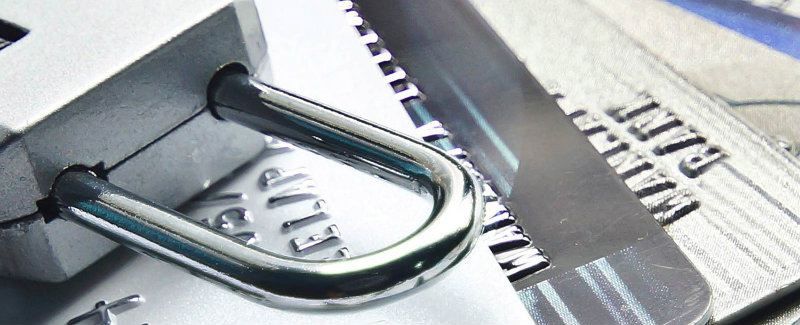Be Aware of Current Scams
Be aware of the scams that have been going around the US so that you are on your A-game 100% of the time when it comes to protecting yourself, your information, and your money. The link below offers insight to some of the commonly used scams:
Have you heard of the Four P's of Scams? Prize, Pressure, Pretend & Pay
Phony Prizes & Sales
Its your lucky day! You are the winner of a new car! These are just a couple examples of lines scammers will use to get your attention, and eventually, your money. Often times in these scams, you dont have to pay anything to receive the prize other than shipping and handling, or processing fees. If they ask you to pay with gift cards, wire, or cryptocurrency, you can pretty much guarantee that this is fake. Scammers prefer to use these payment methods because it's harder to track where the money went, and its nearly impossible to get your money back.
Money Making Scams
Getting rich quick is a dream everyone has, but use caution when opportunities to do so arise. An ad says you can make a lot of money working from home, driving around with advertising on your car, or participating in a program where you recruit new members. Scammers often will reach out via social media to have a one-on-one private conversation where they will try and capture as much of your personal & sensitive information as possible.
Emotional/Romance Scams
Often times, these scams will pull at your heartstrings in order to be successful. It could be someone "selling" a puppy or kitten, someone using a fake online dating profile to start a relationship, or even someone pretending to be a relative in distress. It is easy to get emotionally attached to the idea of a new family member, or a blossoming love. This is what the scammers are relying on when forming these deeper connections with you.
Loans and Debt Collection
You may be in a pinch for some money, or trying to prepare for a big life event. Unfortunately there are a lot of scams out there promising opportunities for credit or loans. You may get contacted by a debt collection agency saying you have outstanding debt that will result in severe consequences if not paid right now. People have even reported being called by government agencies with an opportunity for a free government grant. Beware of the information you share when you receive an unexpected phone call from someone claiming to be from your bank, offering scholarship money, or even from the government.
Protecting our members is important to us. Here are some tips for recognizing and avoiding scams:
Scammers hunt for victims. Be cautious what you share on social media sites. Be sure to use privacy settings on all social media accounts. Imposters often get information about targets through online profiles and will often make themselves sound more personable based on the information they've gathered.
If they ask you to send money back after you deposited the check, don't. If they give you a check to deposit, but want additional funds sent back to them from the same deposit, don't do it. They could have deducted the amount from the initial deposit from the start.
The checks are counterfeit, but they look real. In fact, the tellers at the financial institutions may also be fooled. They are capable of making a counterfeit checks look legit.
Just because you are able to withdraw the funds, does not mean the check is good. It can take weeks for a counterfeit to be detected.
If a stranger wants to pay you for something, insist on a cashier's check for the exact amount from a local financial institution.
Use secure traceable transactions. Do not use prepaid money cards, gift cards, or other non-traditional payment methods.
You are responsible for the checks you deposit. You are in the best position to determine the risk because you are the only one dealing directly with the person who is paying you.
These are just a few tips on what to be aware of or what to look for if you are approached with an opportunity to "Make some cash fast!"


